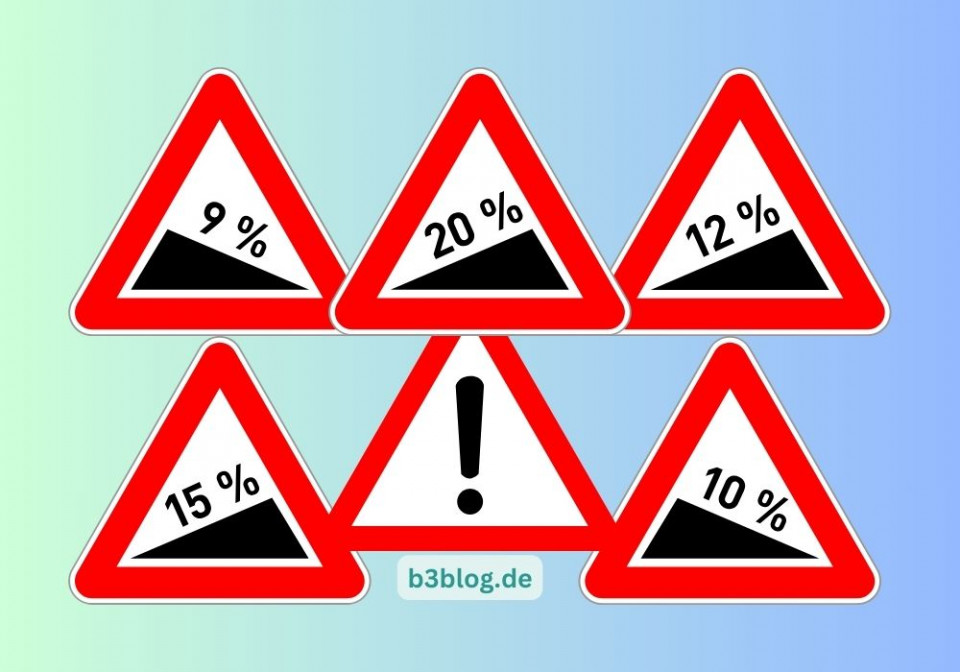Engineers and technology
Technology and the humanities are only mutually exclusive at first glance. The image of venerable German engineers who played a major role in industrial development in the 19th and 20th centuries may still haunt some people's minds. As well as in the art and culture of engineering, with which these old masters of technology were already associated.
This connection is not very far-fetched, as can easily be seen from the original meaning of the word technology: Greek téchnē means skill, craft, trade, but also artistry, and art.
Digital technology
What was true back then is even more true today: technology in our time has a lot to do with digitalization. Without digital technology, most cogs would stand still today. This also applies to an area that is not the first thing that comes to mind when we think of technology: digitization has of course long since reached libraries. And thus also the humanities. Or vice versa. The history of the so-called digital humanities is less important at this point than pointing out the existence of this still relatively young branch of science. Wikipedia translates Digital Humanities (https://de.wikipedia.org/wiki/Digital_Humanities) (abbreviated to DH) as "digital humanities". This means that all areas of information science are used and researched in connection with the humanities and cultural studies. One notable example of this is computational linguistics, the field that, among many other things, ensures that internet search engines can find what we humans are looking for.
National Library and digitization
Against this background, it is only logical that the German National Library (DNB), of all places, is launching a DH call, i.e. inviting applications for a project on digital humanities. Of course, the National Library collects far more than just books. The DNB's collection, with its two locations in Leipzig and Frankfurt am Main, includes media works of all kinds, including e-papers and e-books as well as sheet music. The National Library's collection (we are talking about more than 27 million data records!) is expressly intended not only for research and science, but also for creative and experimental work.
Data mining in the card catalog
At this point at the latest, digital technology can provide valuable assistance. In the past, libraries used to use card catalogs to search their collections on site, but today the constantly growing collections have long since been recorded in electronic catalogs. However, ever more sophisticated data mining methods are required to ensure that they can be used effectively. The fact that older media are also increasingly being digitized and thus made accessible to a wider public is only one aspect of this. It is of central importance to develop a well thought-out digital infrastructure.
The 2024 call for papers in Digital Humanities is open until mid-April: https://www.dnb.de/DE/Professionell/Services/WissenschaftundForschung/DHCall/dhcall_node.html
Details of the call can be found here:https://www.dnb.de/DE/Professionell/Services/WissenschaftundForschung/DHStipendien/dhstipendien_node.html
Promoting the well-being of human beings
Humanistic grammar schools were once dedicated to so-called classical studies, generations of pupils (... it took a while before female pupils were also admitted) crammed ancient Greek and Latin and the ancient spirit. But if we strip away this dusty humanist fabric, the very current and meaning emerges. "Humanistic" means above all "preserving the dignity of man, promoting the welfare of mankind, filled with the spirit of humanity". This should be a reminder to us all never to lose sight of humanity in the face of all digital progress.


